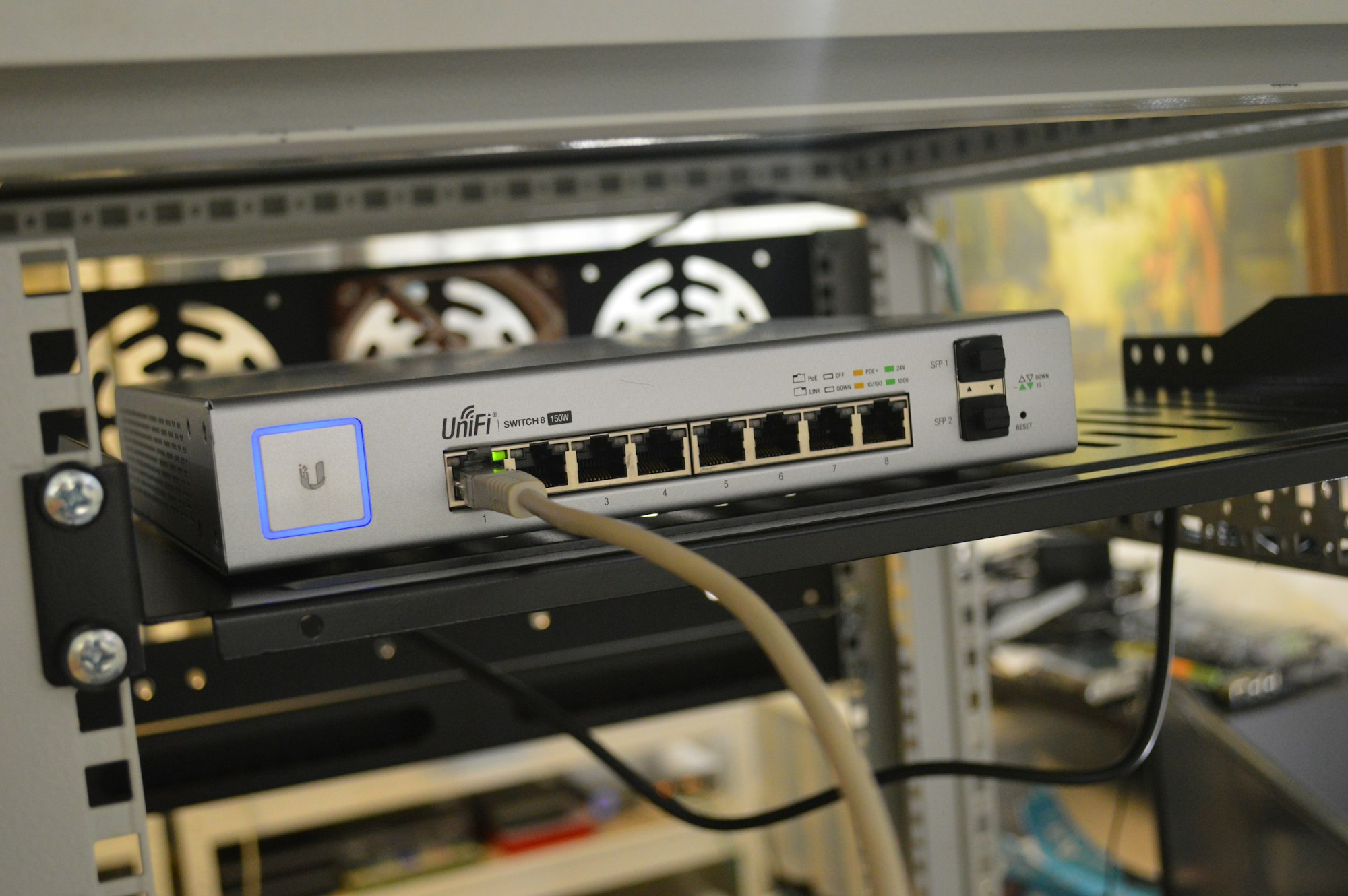UniFi AP Firmware: Latest vs Stable - Part I

As of this writing I'm now rocking an older firmware version. That's usually not a good thing to say.
But, let me explain.
Until recently I'd been running dual Network Applications via a virtualized version as my Mainline while Testing out UniFi Protect features that were only available if you were running official hardware. My setup was rather simple given a few basic considerations and assumptions, that:
Mainline:
- UniFi Network Application is running in an LXC container within the router space. It doesn't get updated unless something goes wrong that it affects the access points it manages.
- The UniFi U6 Mesh with nanoHD leaf access points are in a wireless mesh configuration with firmware versions using the release timeline matching the controller
- Networks are separated via VLAN and out through their respective band SSIDs.
Testing:
- UniFi Cloud Key Gen2 Plus is set to firmware autoupdate to the latest stable.
- UniFi Protect and all attached cameras are autoupdated as soon as release.
- All of the devices in this network are separated via its own nanoHD access point and a single dual-band SSID.
Also, all pieces in the network are in UTC/GMT and all autoupdates (when they happen) are set to trigger by midnight.
What I noticed was that even using a single AP the UniFi Protect setup was able to reliably stream live video (except for the farthest one over at the patio). Granted that the only traffic flowing through it was just cameras.
Whereas, the network mesh eventually settled down to stable speeds after I had tweaked (or in the case of the best case scenario, un-tweaked) the settings to use Balanced vs 5GHz Band Steering, Global default settings, Nightly Optimization.
Note, that all the preparations and reading I had done with minimum RSSI and manually selected channels were actually not as effective when compared to the ISP provided single 4x4 MIMO access point which was running with solid connectivity some 10-feet away in the same room.
Yes, I know that having multiple access points in the same room is not the best scenario. However, it is a real-world scenario if you were living in a multi-story appartment with paper thin walls.
So, I wanted to shutdown and replace the Dell PowerConnect 5324 sitting in the network rack directly behind me. After a few months the fan whine noise had started to grate on me and was even noisier than the Dell PowerEdge R720xd that was running at the bottom of the same rack.
Stay tuned for the link to Part II, what happened next ....